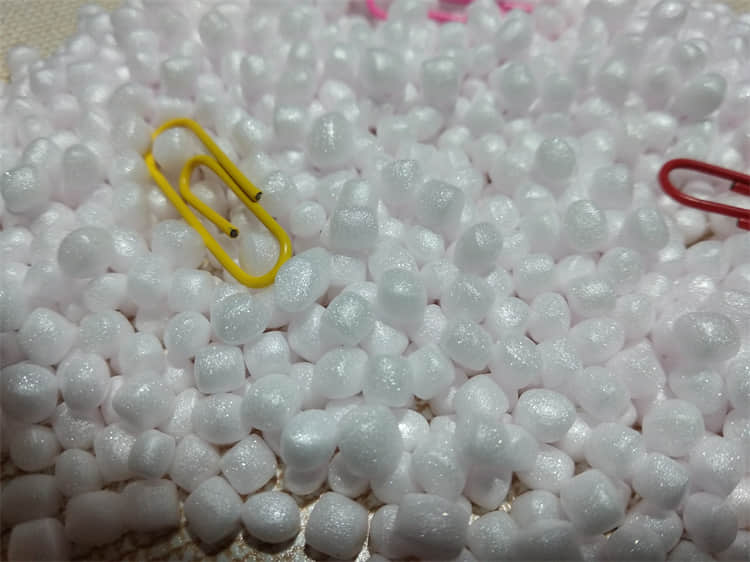


In the world of materials, two contenders stand out: Expanded Polypropylene foam () and Polypropylene (PP). Understanding their unique properties can help you make the best choice for your specific requirements.
EPP foam is a remarkable foamed material. Its interior is filled with numerous tiny bubbles, which act as excellent insulators against both heat and cold. This makes EPP foam a top-notch performer in thermal insulation, especially in low-temperature environments. But its benefits don't stop there. EPP foam also boasts excellent sound-proofing and cushioning properties. Thanks to these qualities, it has found wide applications in industries such as automotive, packaging, and construction. In the automotive sector, it can be used for interior components, providing both comfort and safety. In packaging, it ensures that products are well-protected during transit while maintaining the right temperature.
On the other hand, PP is a versatile general - purpose plastic. It's commonly used to manufacture a variety of containers, pipes, and fittings. While it may not match EPP's insulation capabilities, PP has its own advantages. It offers high durability and stability, allowing it to be used in relatively high-temperature conditions. For example, in industrial settings where chemical - resistant and heat - resistant pipes are needed, PP fits the bill.
When it comes to making a decision between the two, the choice is clear-cut based on your needs. If you require high-performance thermal insulation, EPP foam is the go-to material. However, if you don't need top-tier insulation and instead prioritize durability and stability, PP is a reliable option.
It's also important to consider cost. EPP foam generally comes at a higher price point compared to PP. So, when selecting a material, it's essential to balance your specific needs with your budget.
Whether you're an engineer looking for the right material for a new project, a business owner in need of effective packaging solutions, or a homeowner planning a renovation, understanding the differences between EPP foam and PP can lead to more informed and cost-effective decisions.

In the world of materials, two contenders stand out: Expanded Polypropylene foam () and Polypropylene (PP). Understanding their unique properties can help you make the best choice for your specific requirements.
EPP foam is a remarkable foamed material. Its interior is filled with numerous tiny bubbles, which act as excellent insulators against both heat and cold. This makes EPP foam a top-notch performer in thermal insulation, especially in low-temperature environments. But its benefits don't stop there. EPP foam also boasts excellent sound-proofing and cushioning properties. Thanks to these qualities, it has found wide applications in industries such as automotive, packaging, and construction. In the automotive sector, it can be used for interior components, providing both comfort and safety. In packaging, it ensures that products are well-protected during transit while maintaining the right temperature.
On the other hand, PP is a versatile general - purpose plastic. It's commonly used to manufacture a variety of containers, pipes, and fittings. While it may not match EPP's insulation capabilities, PP has its own advantages. It offers high durability and stability, allowing it to be used in relatively high-temperature conditions. For example, in industrial settings where chemical - resistant and heat - resistant pipes are needed, PP fits the bill.
When it comes to making a decision between the two, the choice is clear-cut based on your needs. If you require high-performance thermal insulation, EPP foam is the go-to material. However, if you don't need top-tier insulation and instead prioritize durability and stability, PP is a reliable option.
It's also important to consider cost. EPP foam generally comes at a higher price point compared to PP. So, when selecting a material, it's essential to balance your specific needs with your budget.
Whether you're an engineer looking for the right material for a new project, a business owner in need of effective packaging solutions, or a homeowner planning a renovation, understanding the differences between EPP foam and PP can lead to more informed and cost-effective decisions.